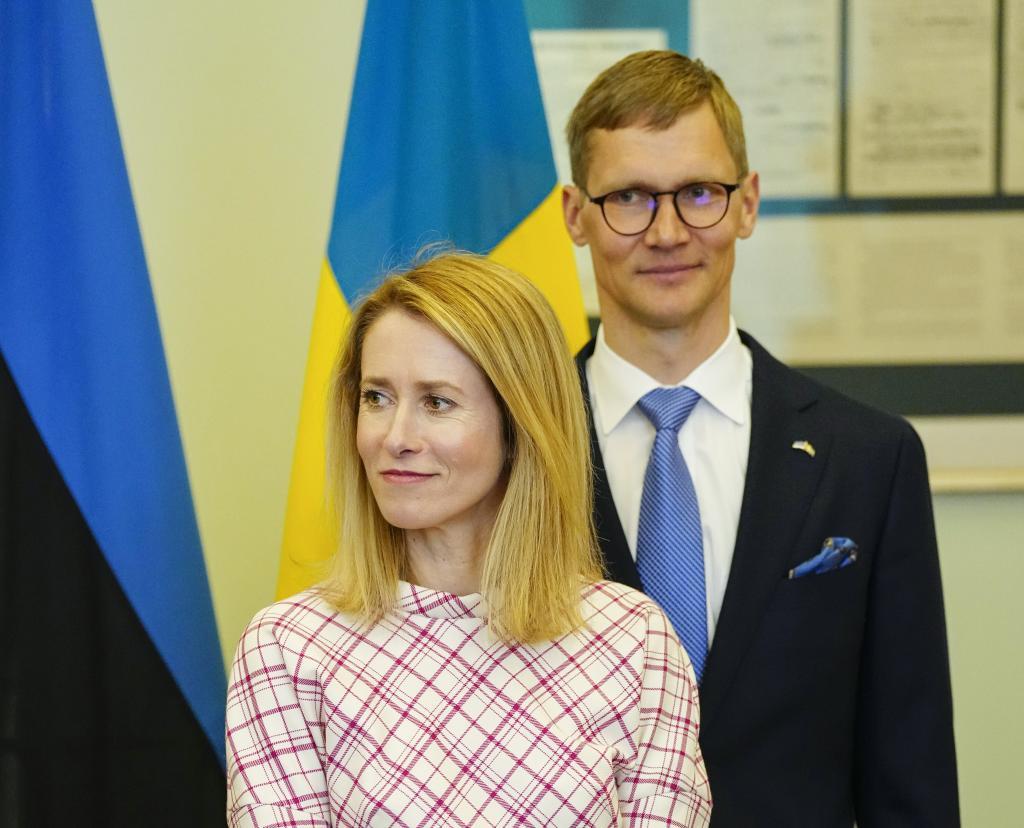The European Commission has presented its roadmap for "modern" and "high-intensity" warfare against Vladimir Putin. A plan, as defined by the EU's High Representative for Foreign Affairs, Kaja Kallas, "to maintain peace". Because Russia "does not have the capacity to launch an attack against the European Union today, but could prepare in the coming years". And the danger, added the EU's chief diplomat at the press conference held this Thursday, "will not disappear, even if the war in Ukraine ends".
The document, previewed by EL MUNDO yesterday and made public today, includes "flagship initiatives," as defined by the EU. Four, specifically: the anti-drone wall, surveillance of the eastern flank, the air shield, and the space shield. Regarding the first, officially called the European Drone Defense Initiative, the EU points out that by the end of next year, it should already start operating in what is referred to as the initial capacity. And that by "before the end of 2027", it should be "fully operational".
"The recent repeated violations of the airspace of EU Member States have demonstrated the urgency of creating a flexible, agile, and state-of-the-art European capability to counter unmanned aerial vehicles," the text elaborates.
"It will be designed as a multi-layered and technologically advanced system, with interoperable anti-drone capabilities for detection, tracking, and neutralization, as well as capabilities to target ground objectives through the use of drone technology for precision attacks. The anti-drone capability must be fully interoperable and connected among Member States," Brussels continues, also emphasizing that "lessons learned from Ukraine" will be fundamental. The EU aims to leverage the vast experience of Ukraine.
The anti-drone wall will also serve to control "border protection, migration instrumentalization, protection of critical infrastructure, and transnational organized crime," adds the Commission, which also emphasizes that it will have a 360º approach. This means that it will also serve for the defense of southern countries, for example, although the current priority is the eastern flank.
The evidence of this is the second project called Surveillance of the Eastern Flank, which in practice is an extension of the anti-drone wall combined with "land defense systems, maritime security in the Baltic and Black Seas, and systems for increased situational awareness, as well as internal security measures".
The air shield, a long-standing desire of Eastern countries, "will protect the airspace and state functions of Member States". "EU programs will support Member States in achieving an integrated and multi-level air and missile defense shield, including necessary sensors, protection against the full spectrum of air threats, and full interoperability with NATO's command and control system," the document adds.
And the space shield "is key to enhancing the defense capabilities of Member States and ensuring the protection and resilience of space assets and services against growing threats". Here, the Commission mentions areas such as positioning, navigation, geospatial intelligence, or secure communications.
However, the Commission's roadmap leaves some doubts and is somewhat vague on key aspects. For example, after explaining all the measures and repeatedly pointing out the dangers facing the EU, it confirms that defense remains a national issue and that countries will "take the lead". Adherence to the measures, they add in Brussels, is voluntary.
Additionally, no new investment figures are provided, and the costs of the measures are not specified. There is a reference to the commitments that countries have made to NATO to reach 5% of GDP in defense investment under the 3.5%+1.5% model. Also mentioned is the EU's SAFE program, which offers up to 150 billion euros to countries in favorable loans, a fiscal space of up to 650 billion, or the upcoming European budget. But there are no detailed and concise explanations on such a relevant issue. All this ultimately shows that the Commission's plan is a guide, a manual for countries. But not a document with requirements and obligations as some in Brussels suggest the President of the Commission, Ursula von der Leyen, wanted.
